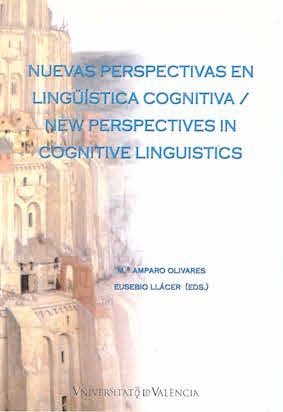Integración conceptual y modos de inferencia
DOI:
https://doi.org/10.7203/qfilologia.14.3997Keywords:
metaphor, metonymy, Relevance Theory, cognitive operations, Blending Theory Abstract
Abstract
This article is focused on the productive combination of some of the central assumptions of the relevance-theoretic analysis of metaphor and metonymy with related assumptions in Cognitive Linguistics. While the Principle of Relevance is argued to underlie all forms of verbal communication and to be able to motivate metaphor and metonymy, it falls short of allowing the analyst to determine the precise nature of the cognitive operations that take place during language production and comprehension. Furthermore, there are constraining factors that regulate the way in which metaphor and metonymy are used, such as the Extended Invariance and the Correlation principles. The article also addresses the problem of emergent structure in metaphor by proposing a modified version of Blending Theory, based on an account of cognitive operations and their role in producing inferences that are combined in a principled way into new conceptual constructs. The process complies at all stages with relevance requirements in terms of communicative efficiency and with the Extended Invariance and the Correlation principles as cognitively adequate constraining factors.
 Downloads
Downloads
Downloads
How to Cite
-
Abstract387
-
PDF (Español)612
Issue
Section
License
 Este obra está bajo una licencia de Creative Commons Reconocimiento-NoComercial-SinObraDerivada 4.0 Internacional.
Este obra está bajo una licencia de Creative Commons Reconocimiento-NoComercial-SinObraDerivada 4.0 Internacional.
Authors who publish with this journal agree to the following terms:
- Authors retain copyright and grant the journal right of first publication with the work simultaneously licensed under a Creative Commons Attribution License that allows others to share the work with an acknowledgement of the work's authorship and initial publication in this journal.
- Authors are able to enter into separate, additional contractual arrangements for the non-exclusive distribution of the journal's published version of the work (e.g., post it to an institutional repository or publish it in a book), with an acknowledgement of its initial publication in this journal.
- Authors are permitted and encouraged to post their work online (e.g., in institutional repositories or on their website) prior to and during the submission process, as it can lead to productive exchanges, as well as earlier and greater citation of published work (See The Effect of Open Access).



